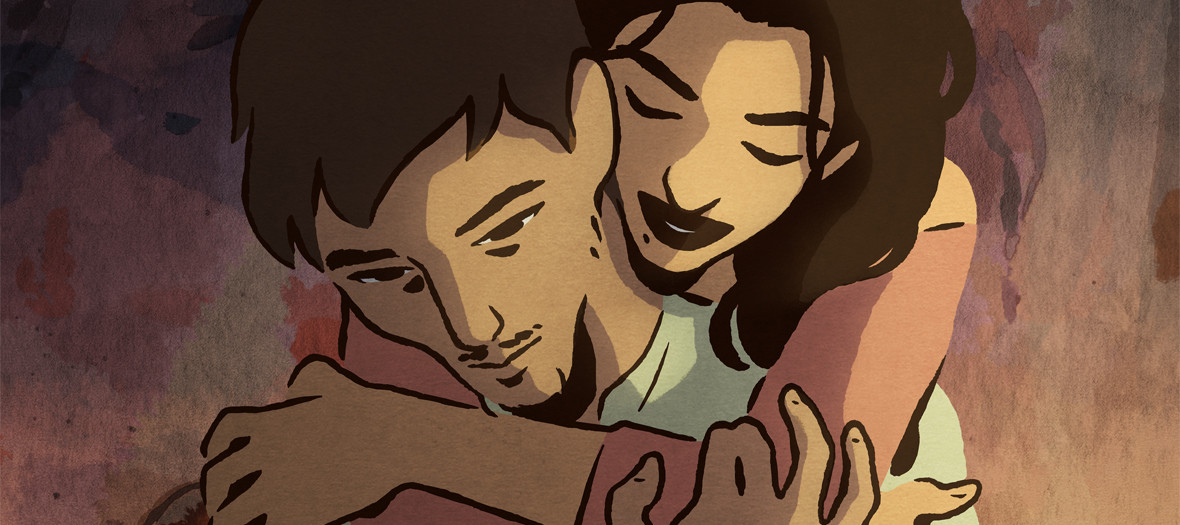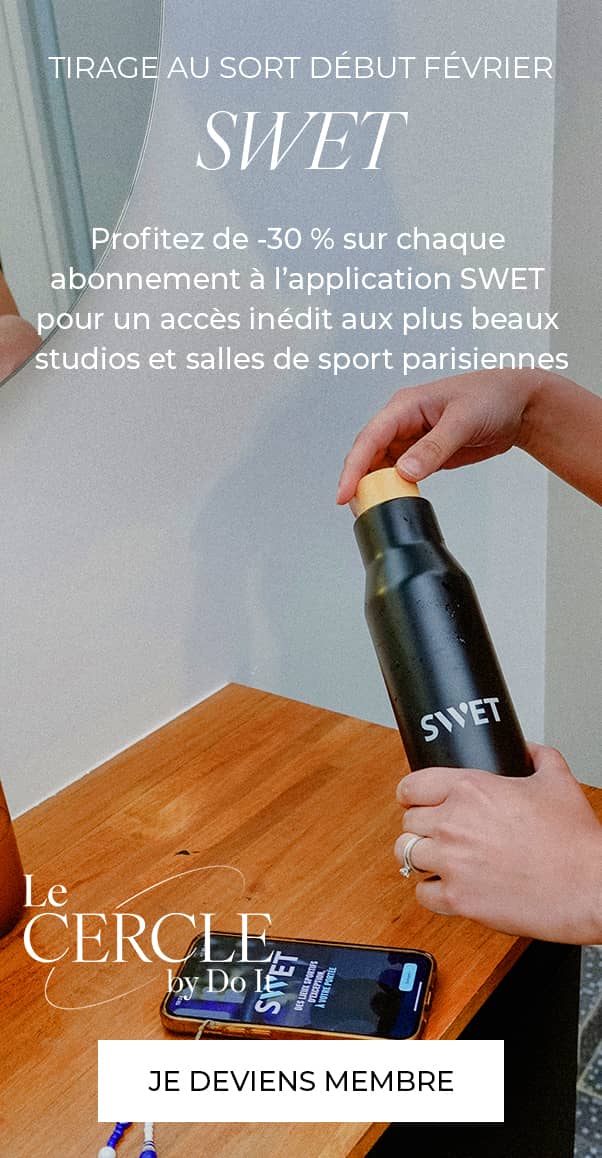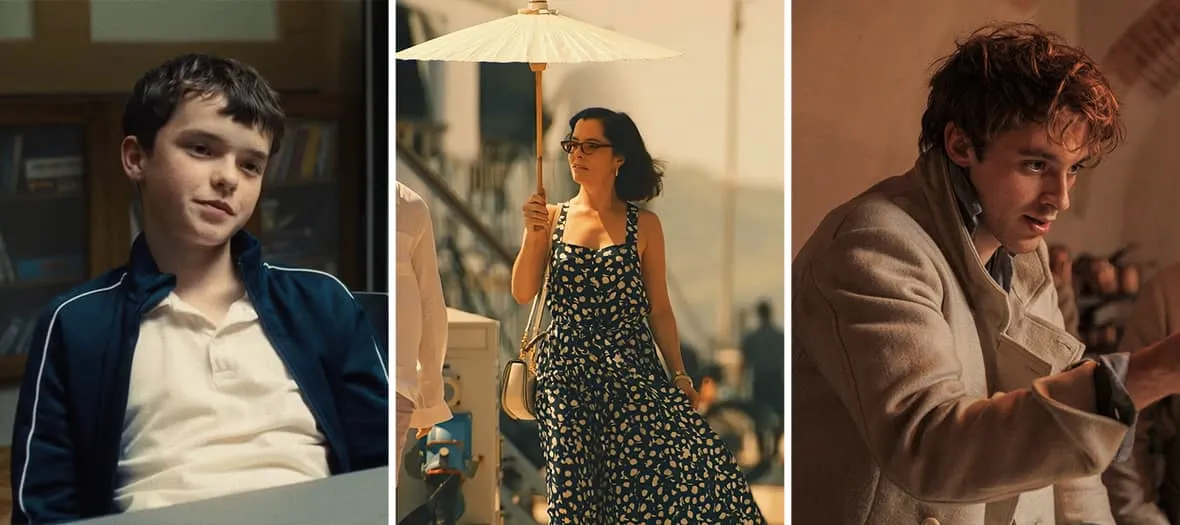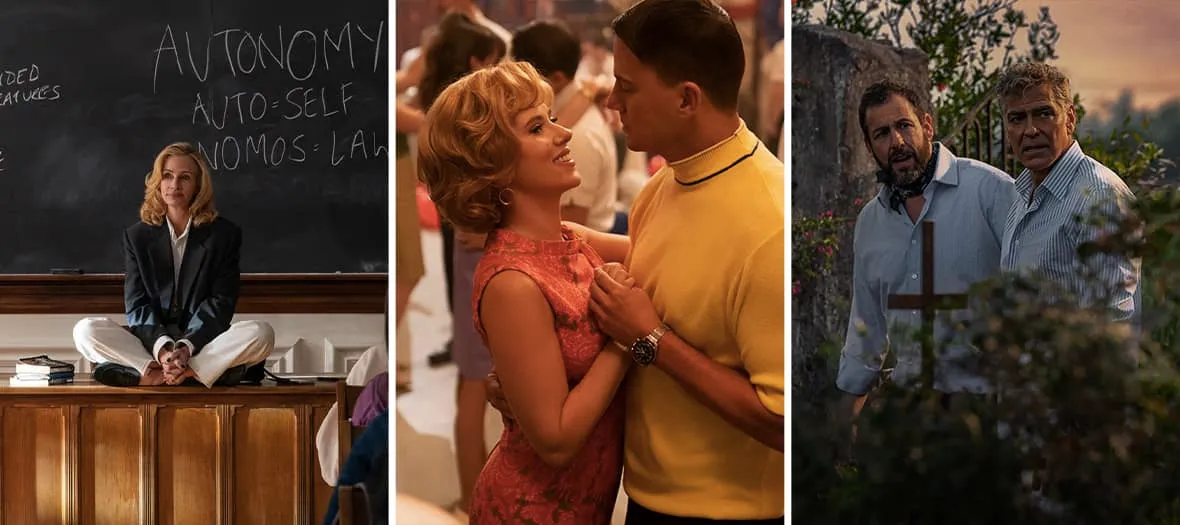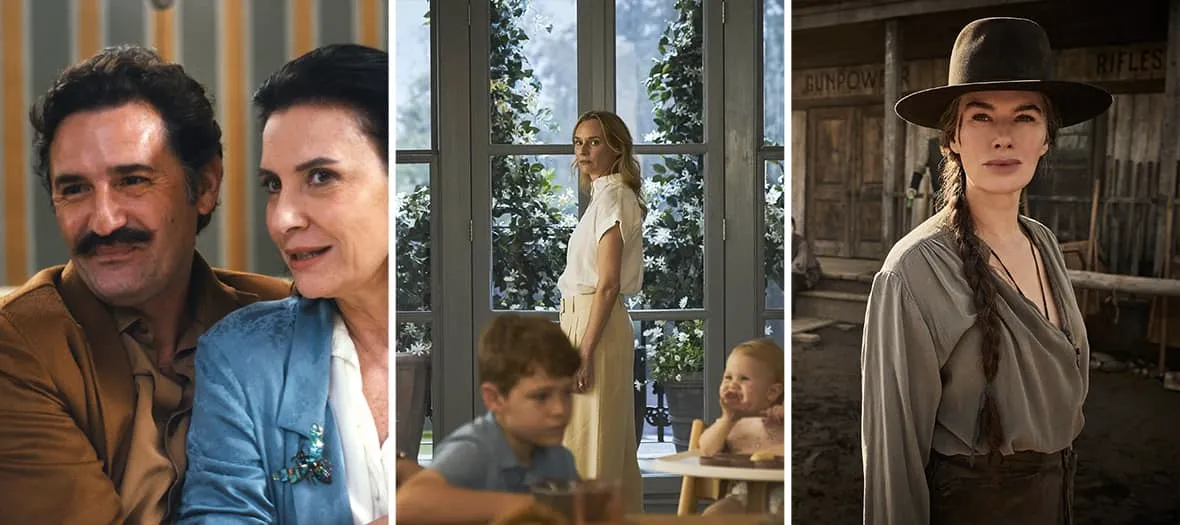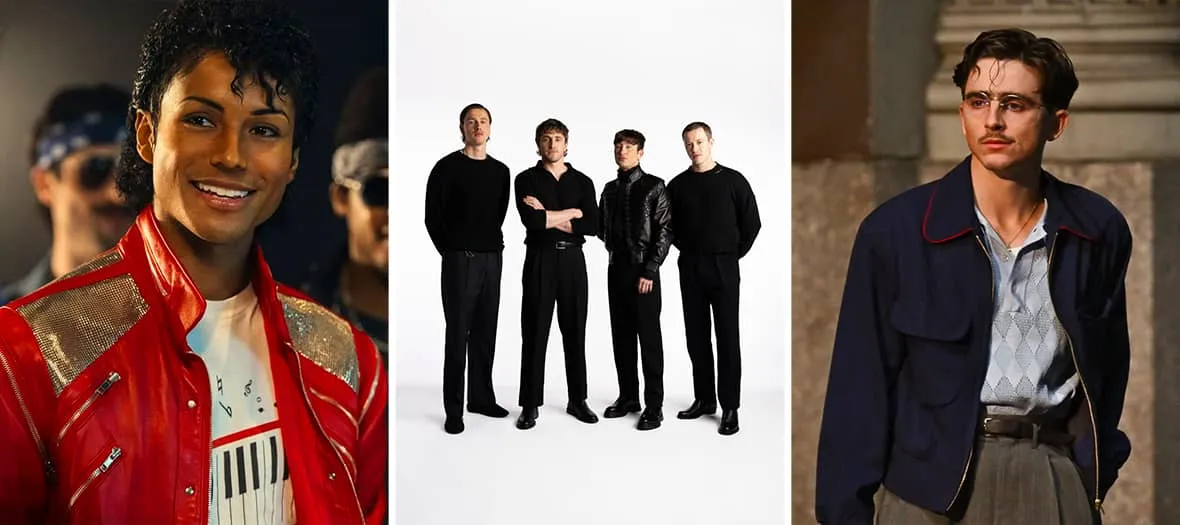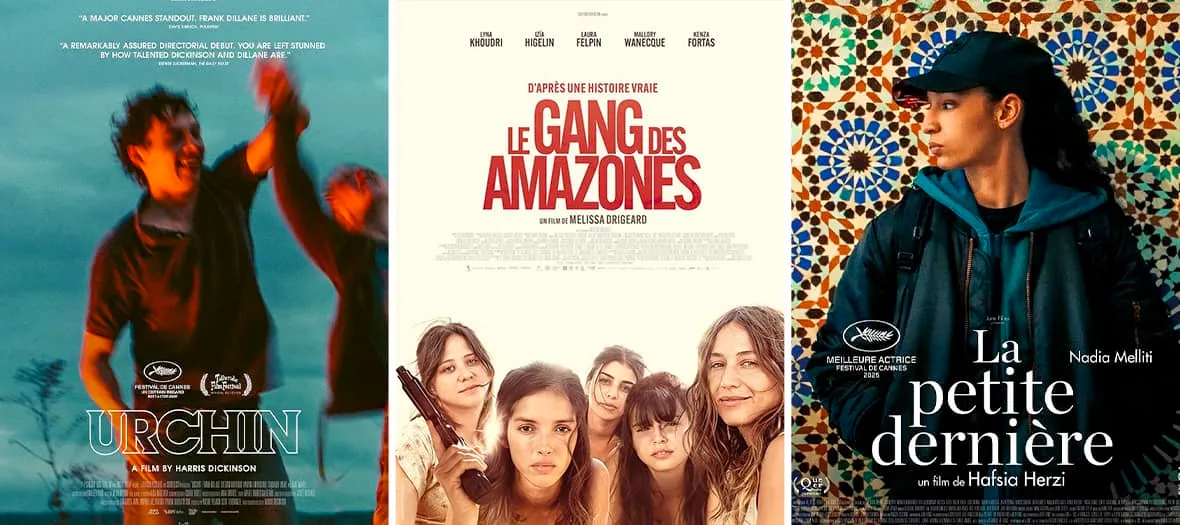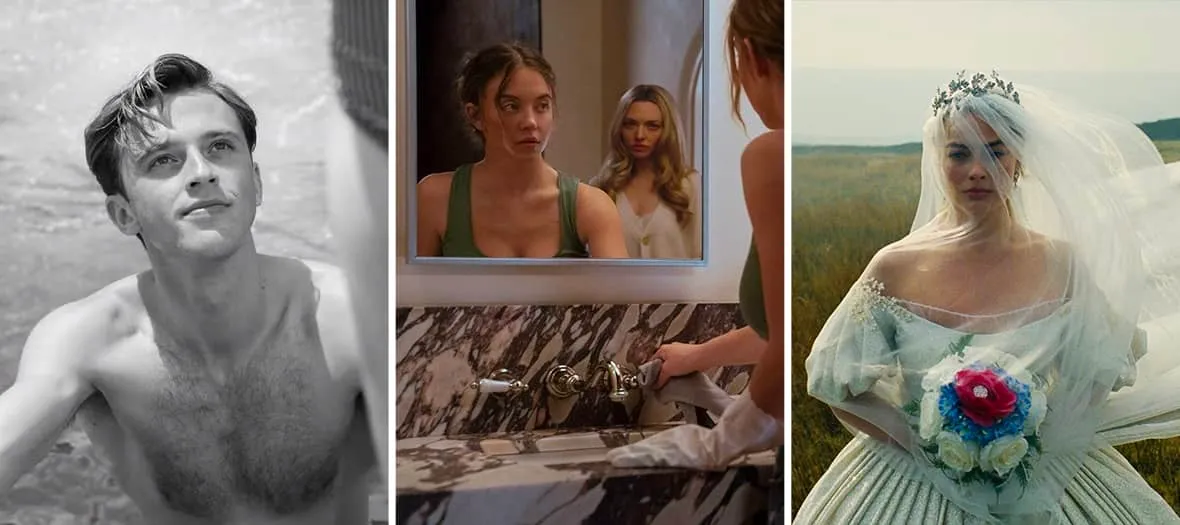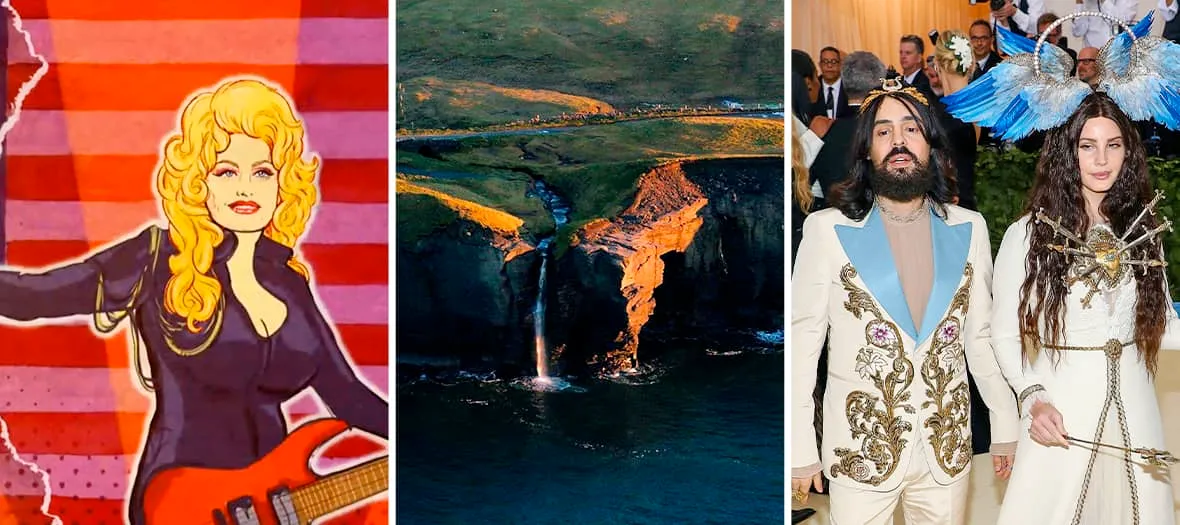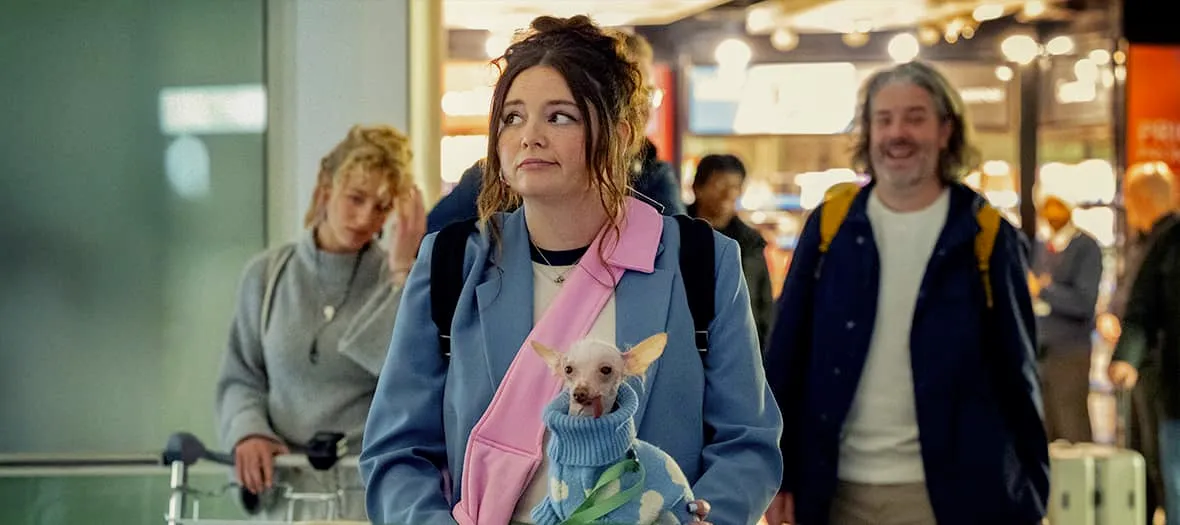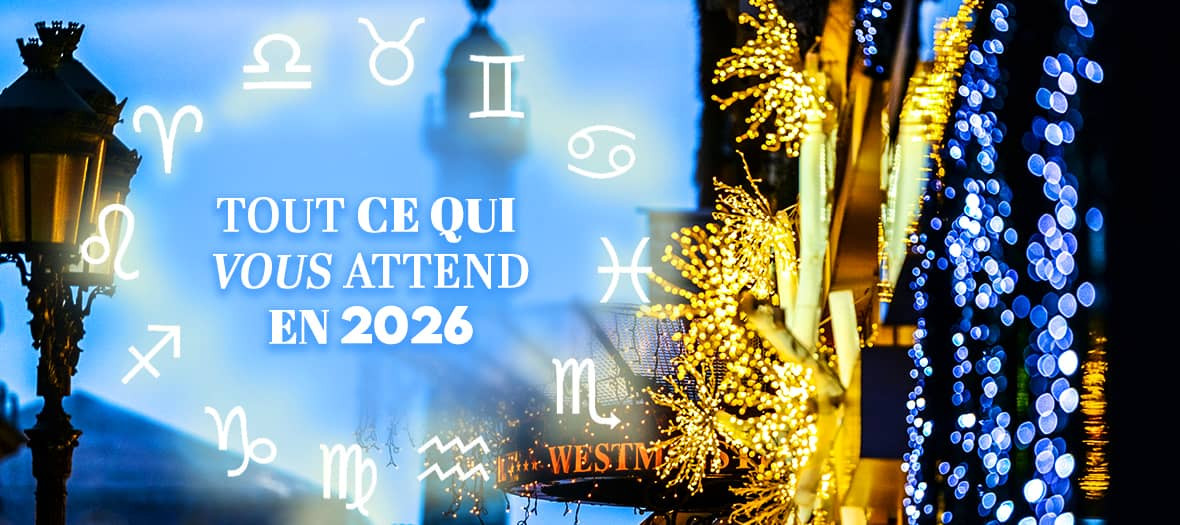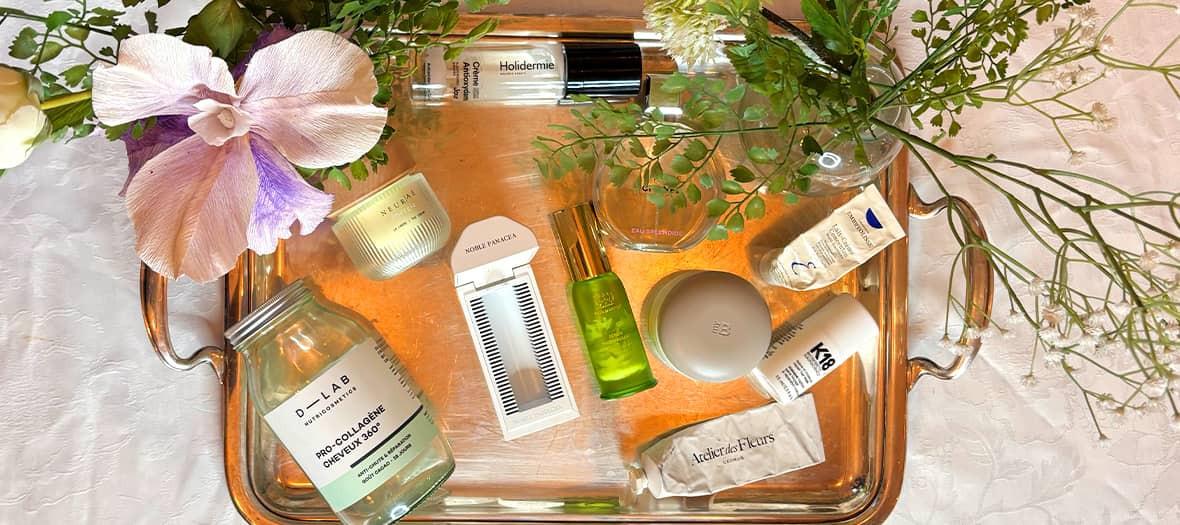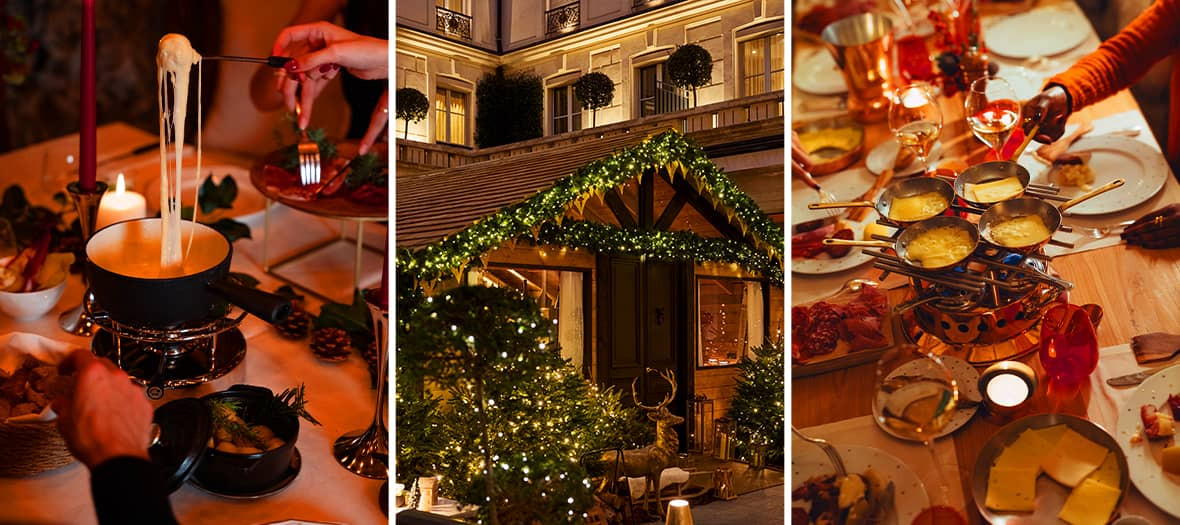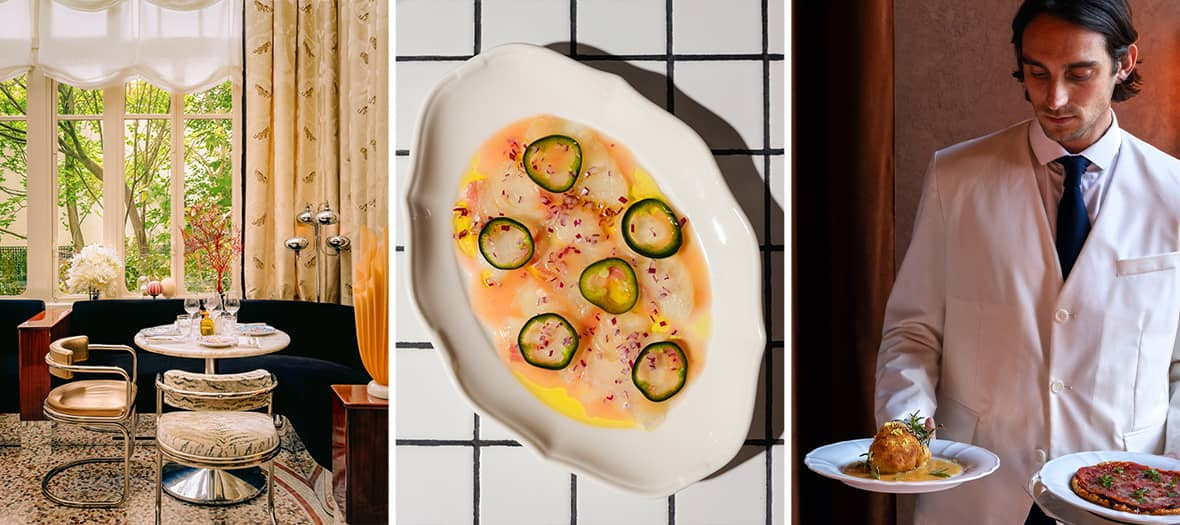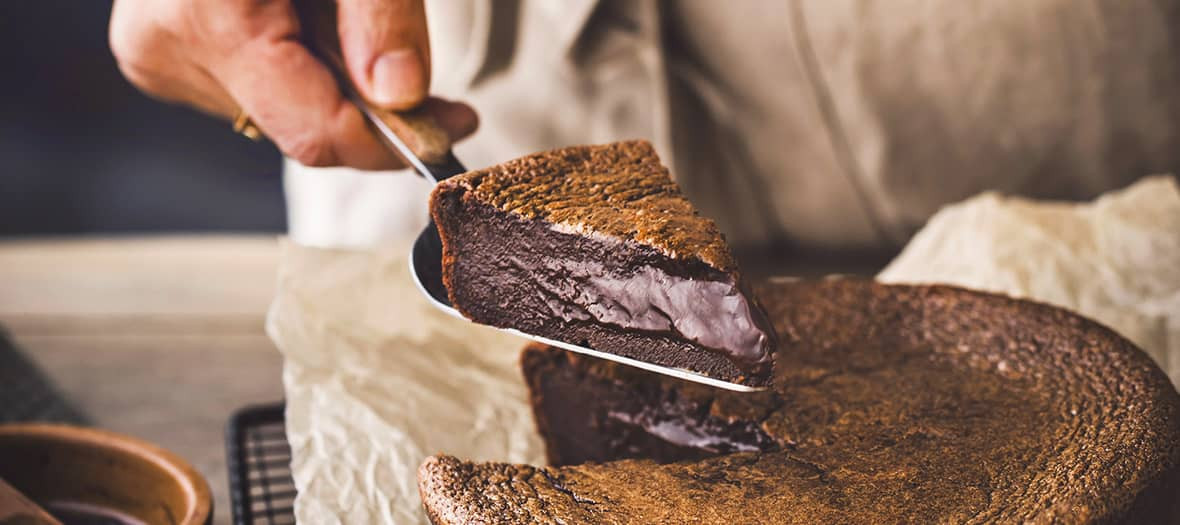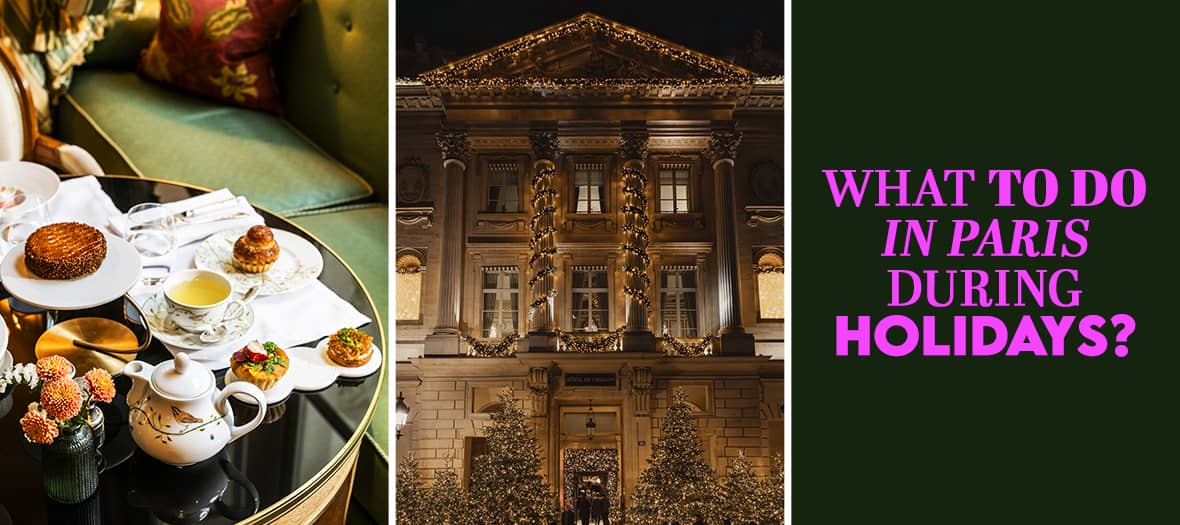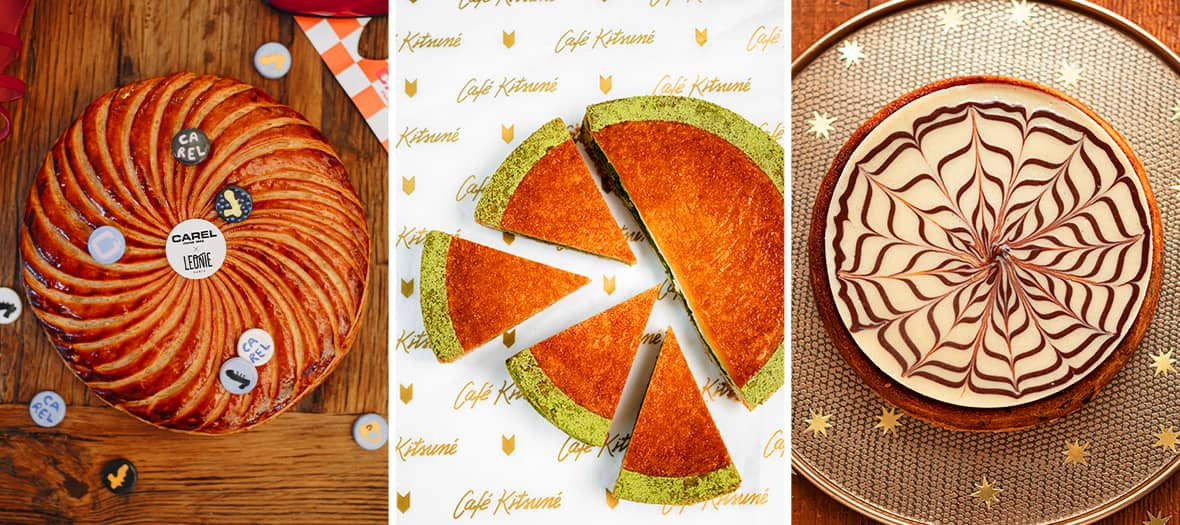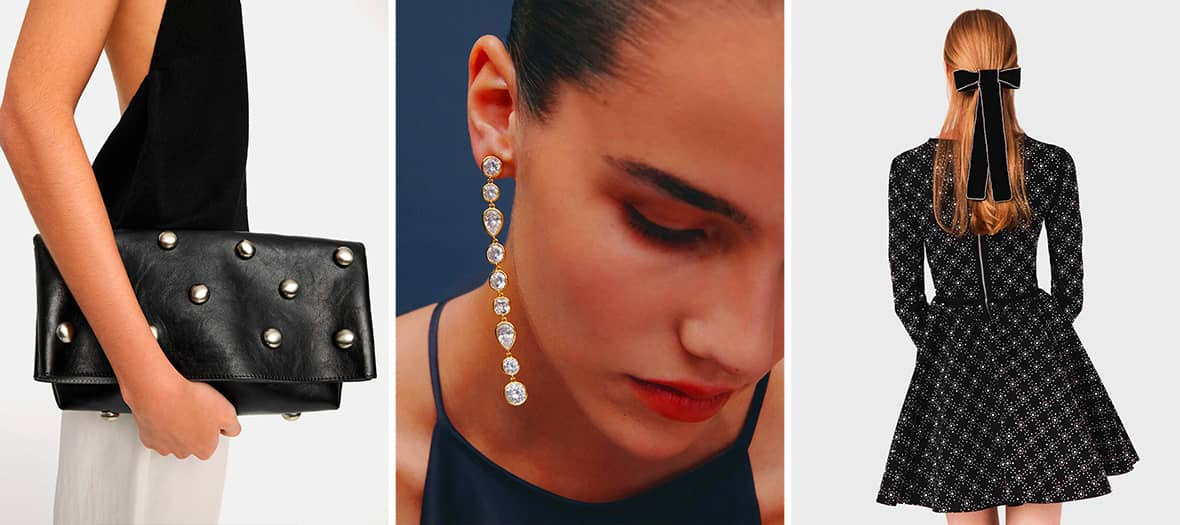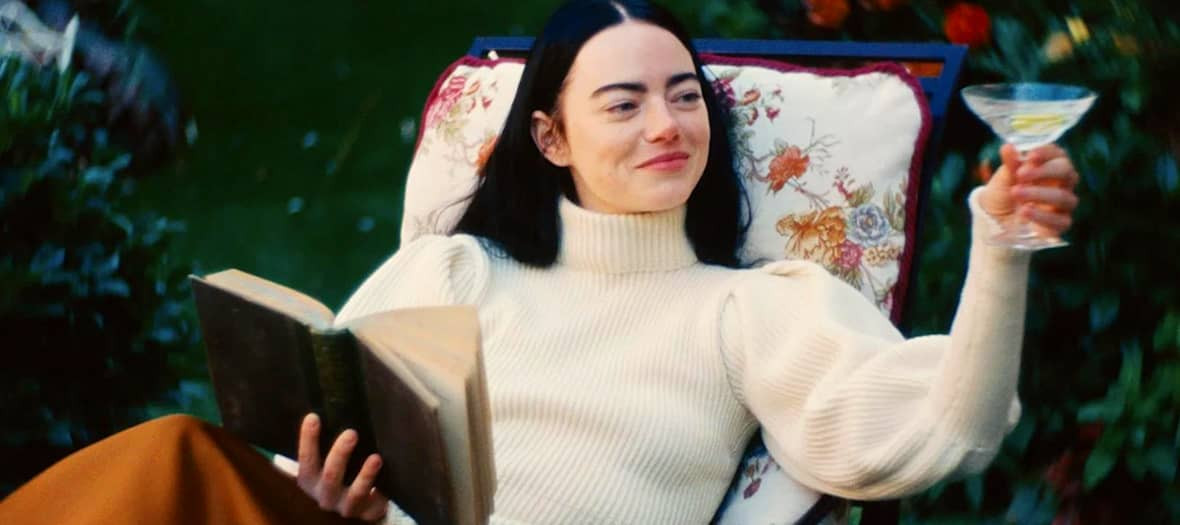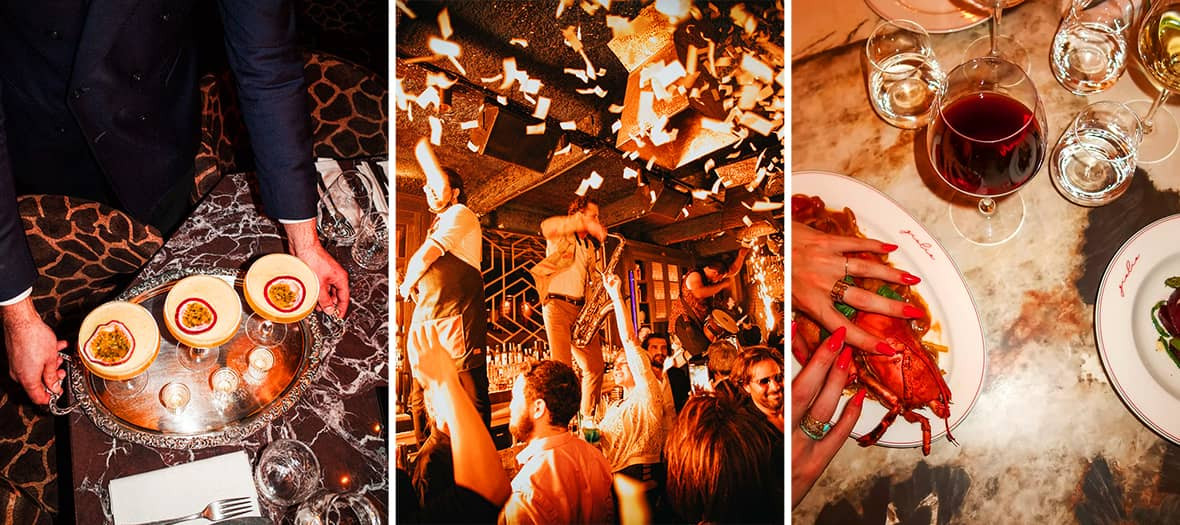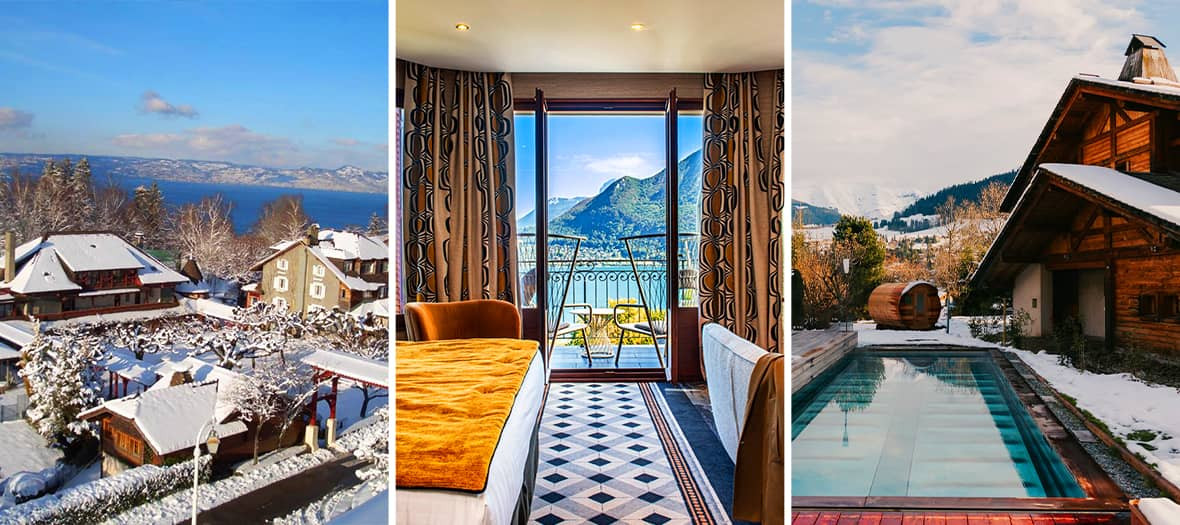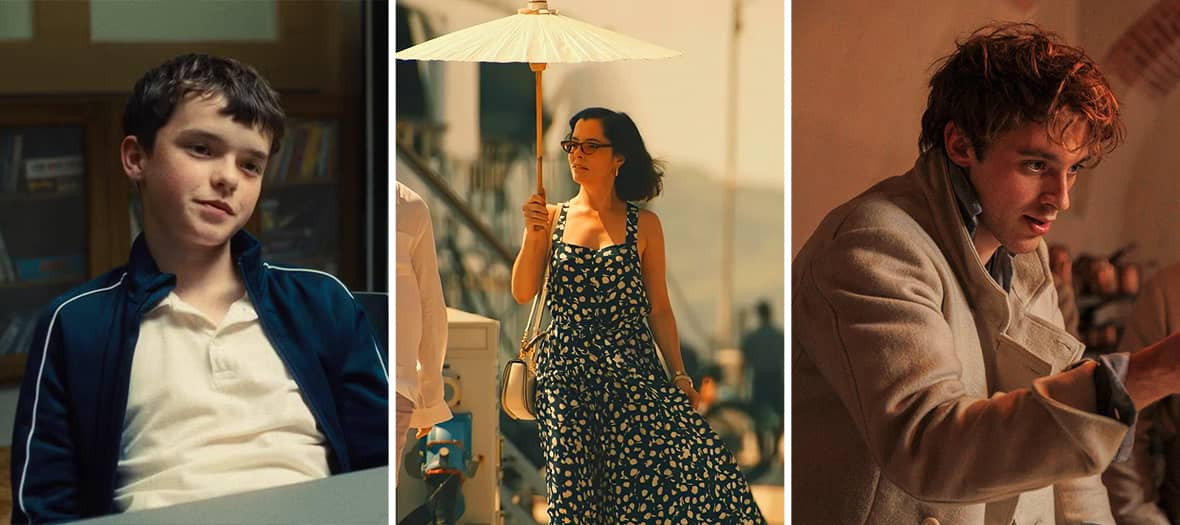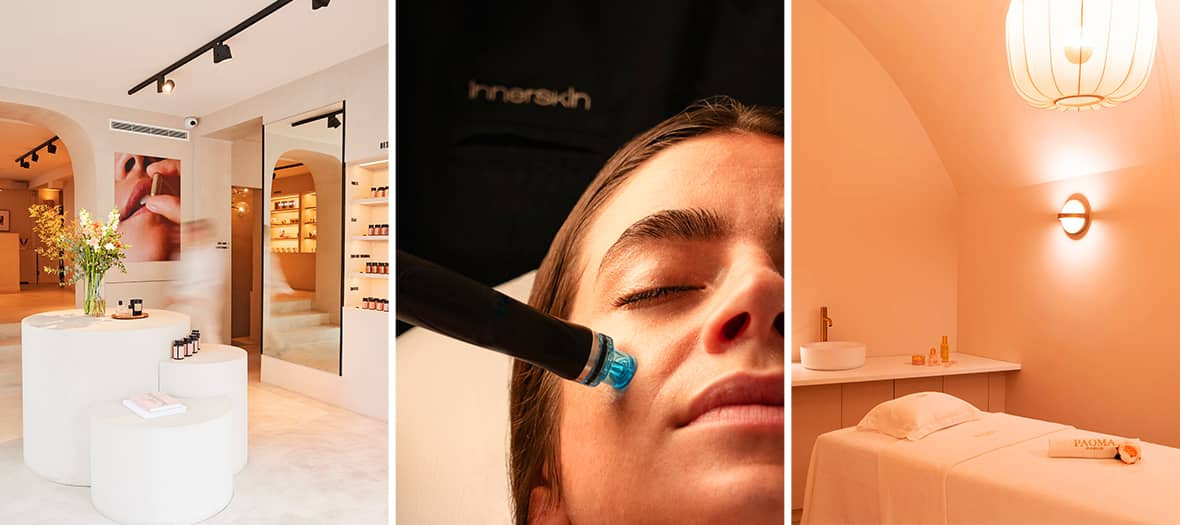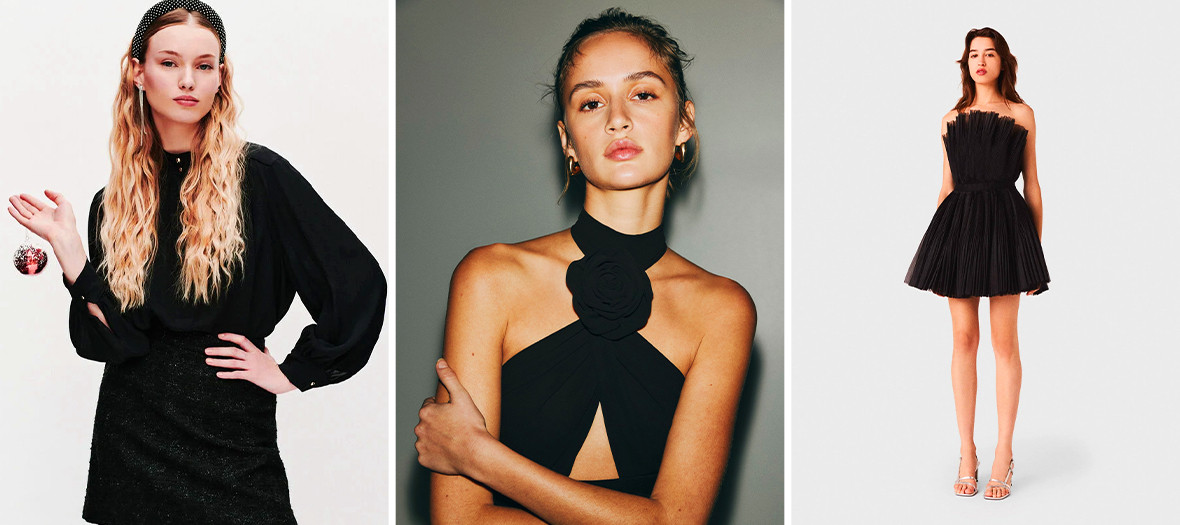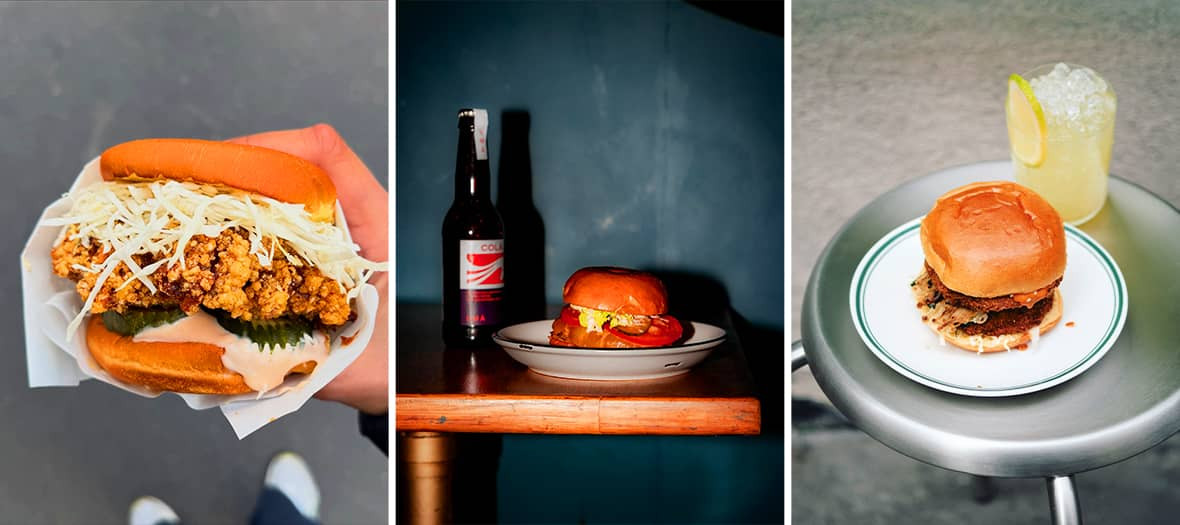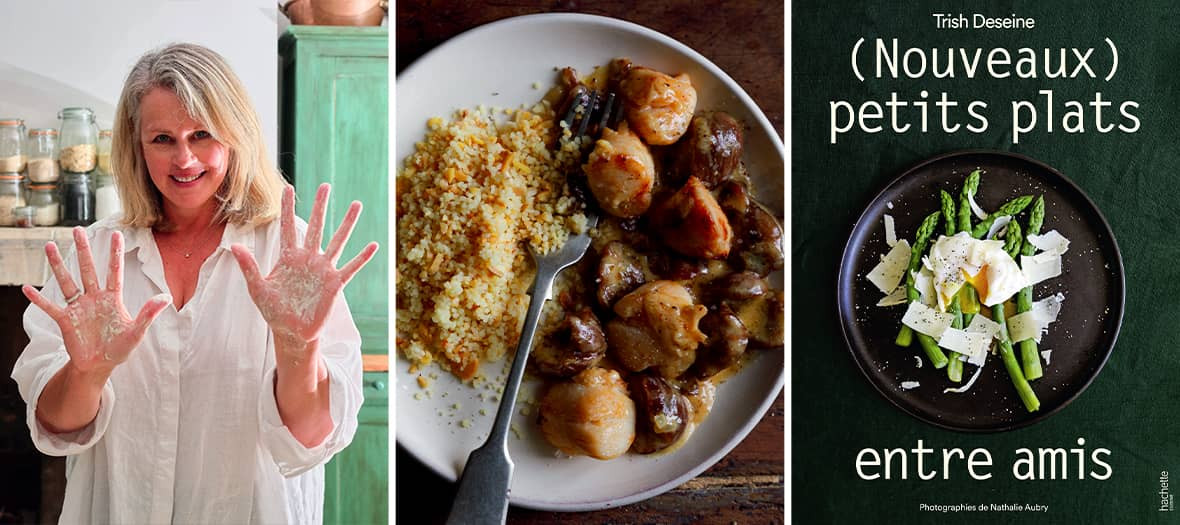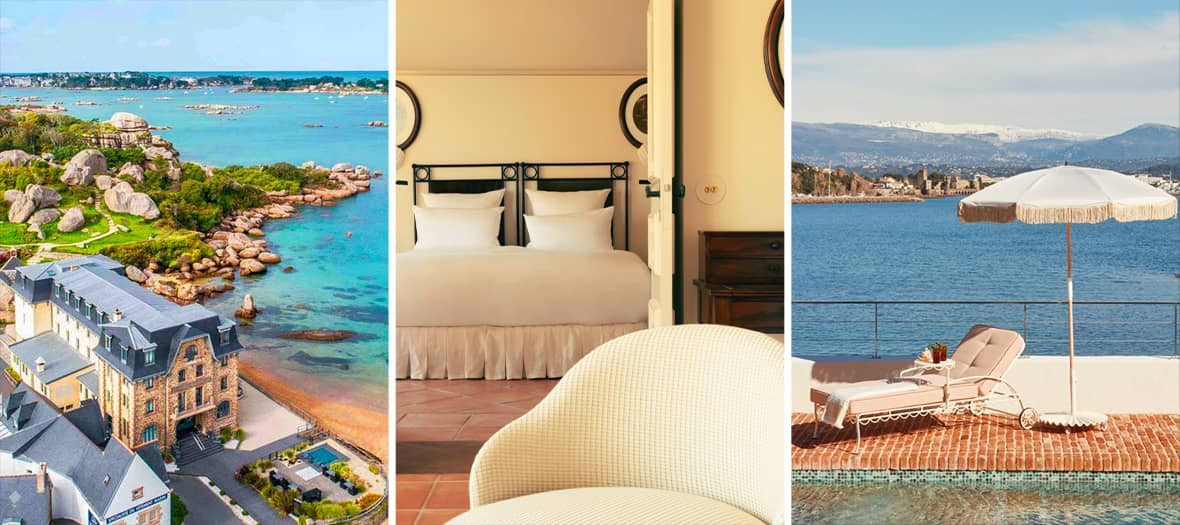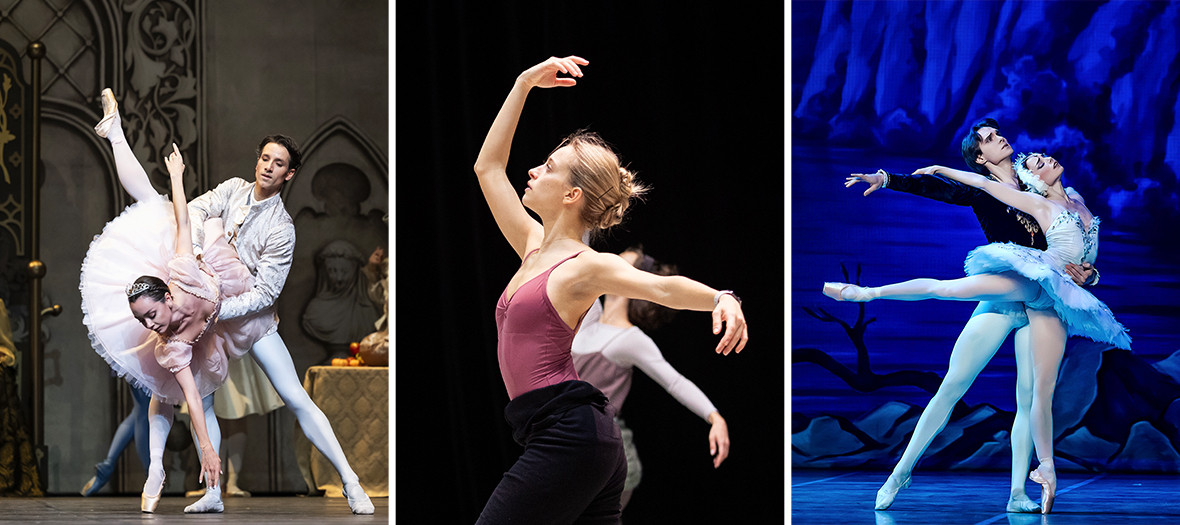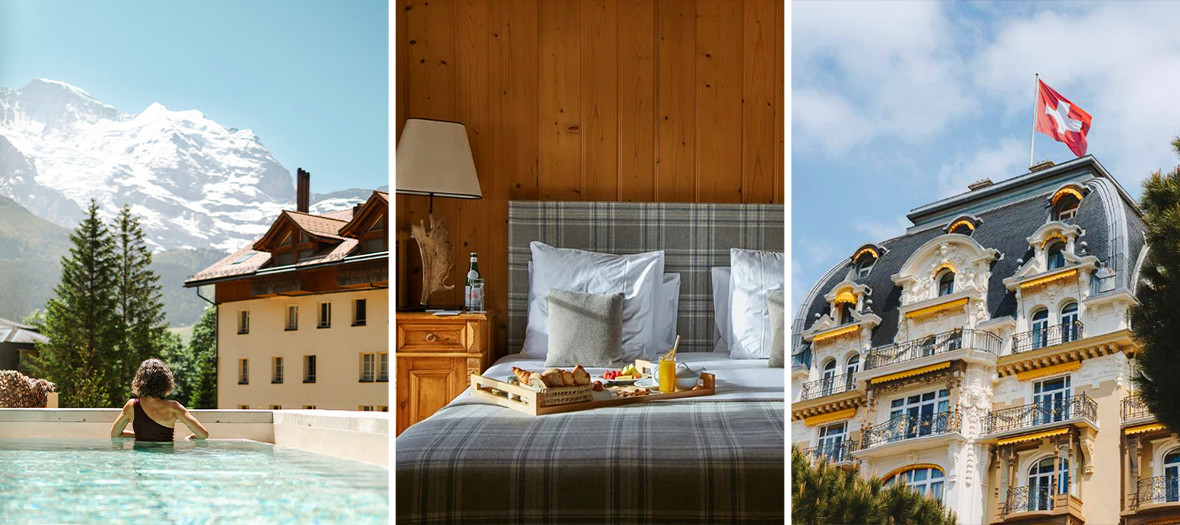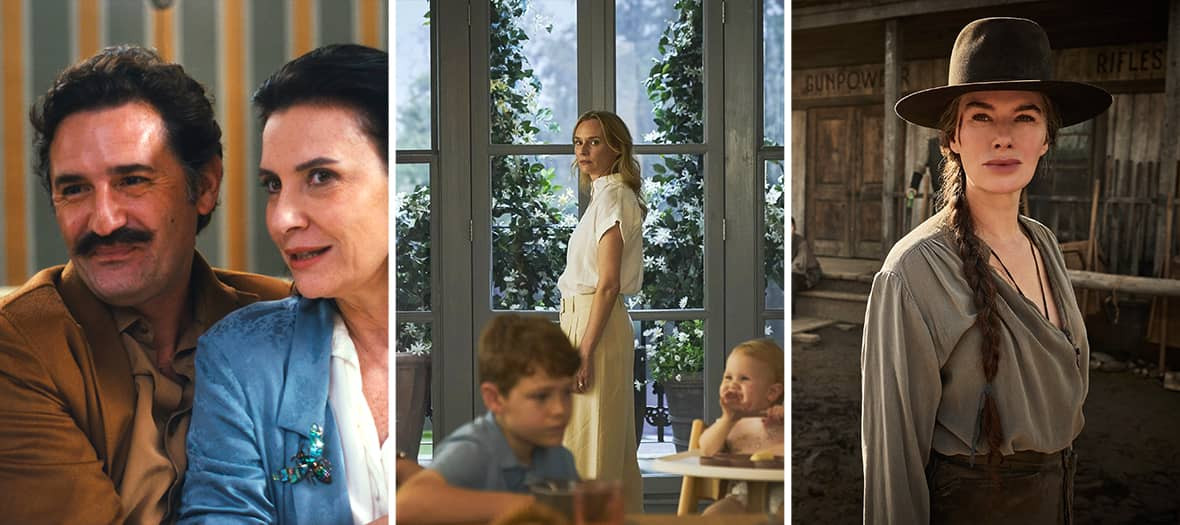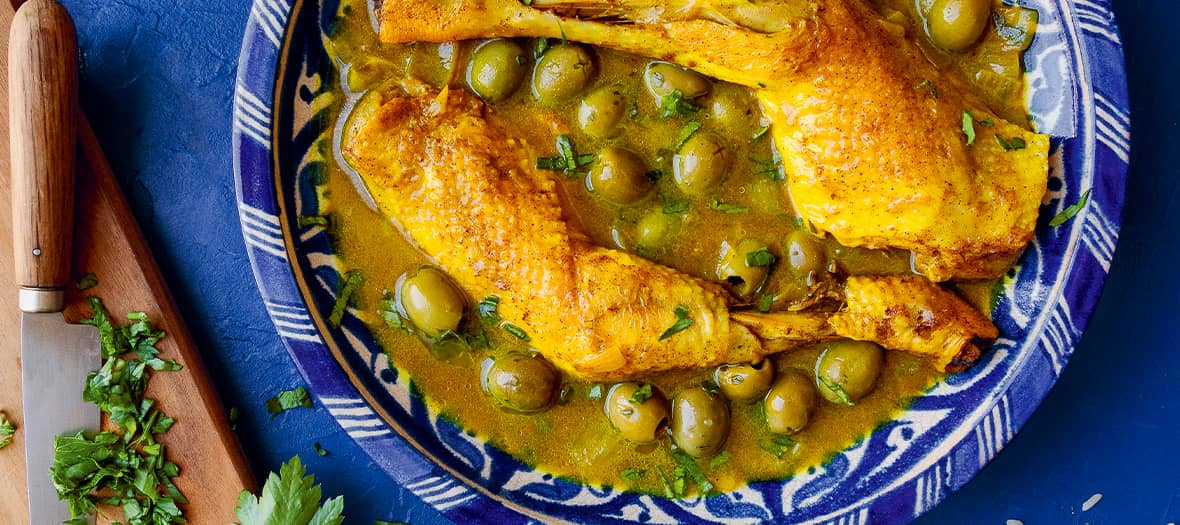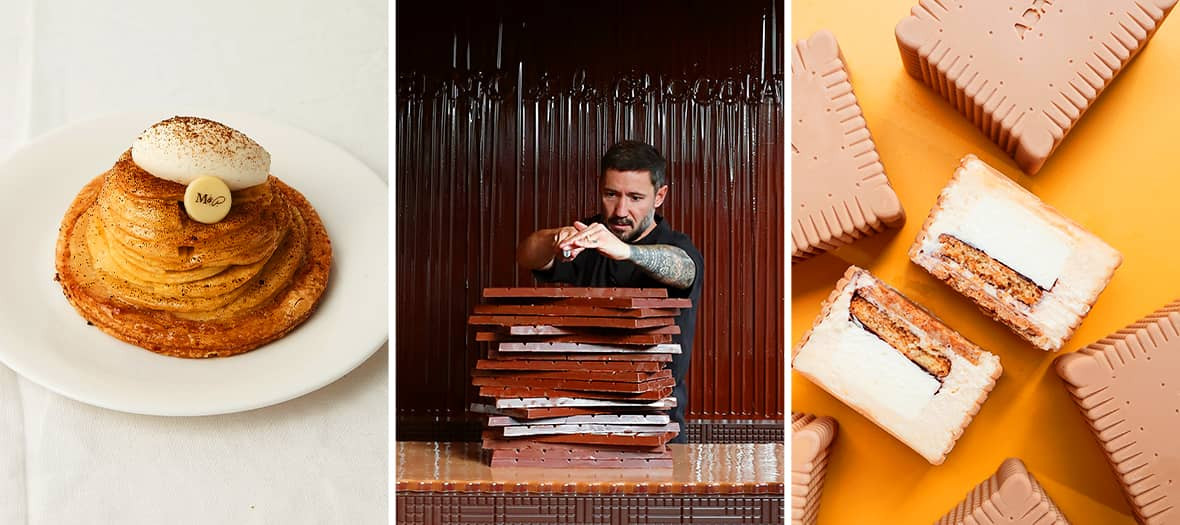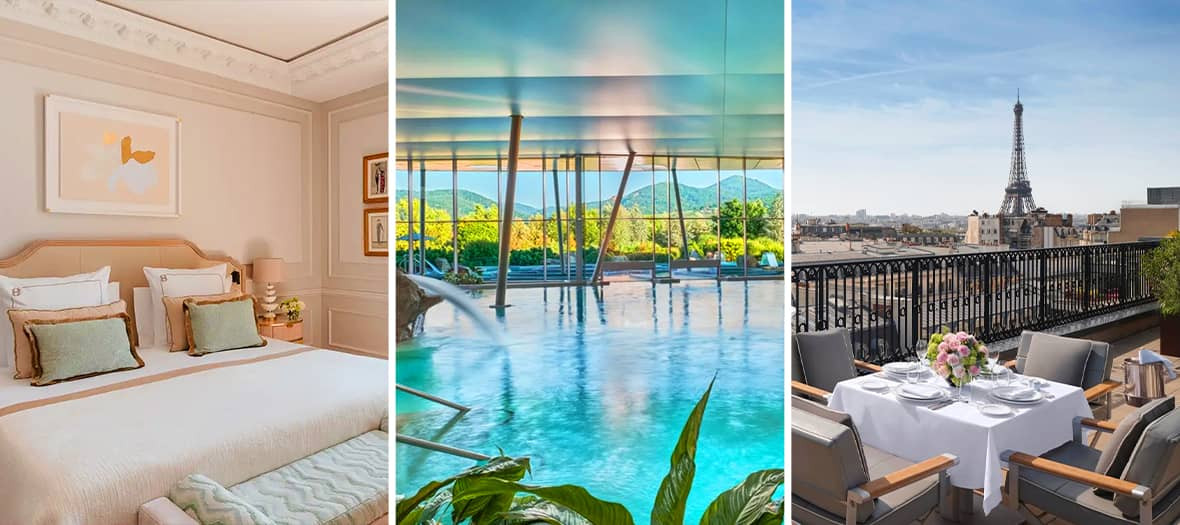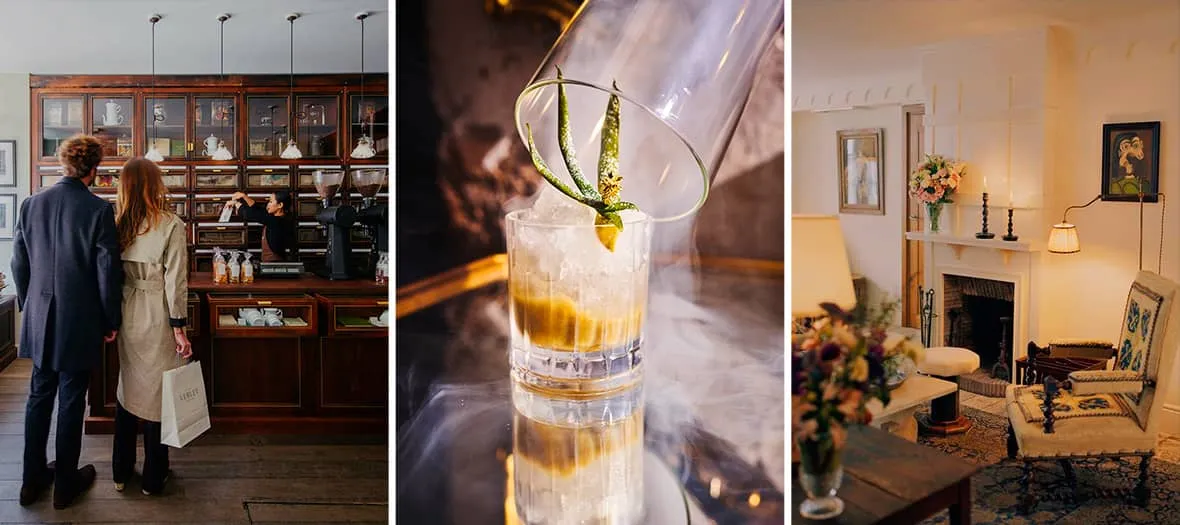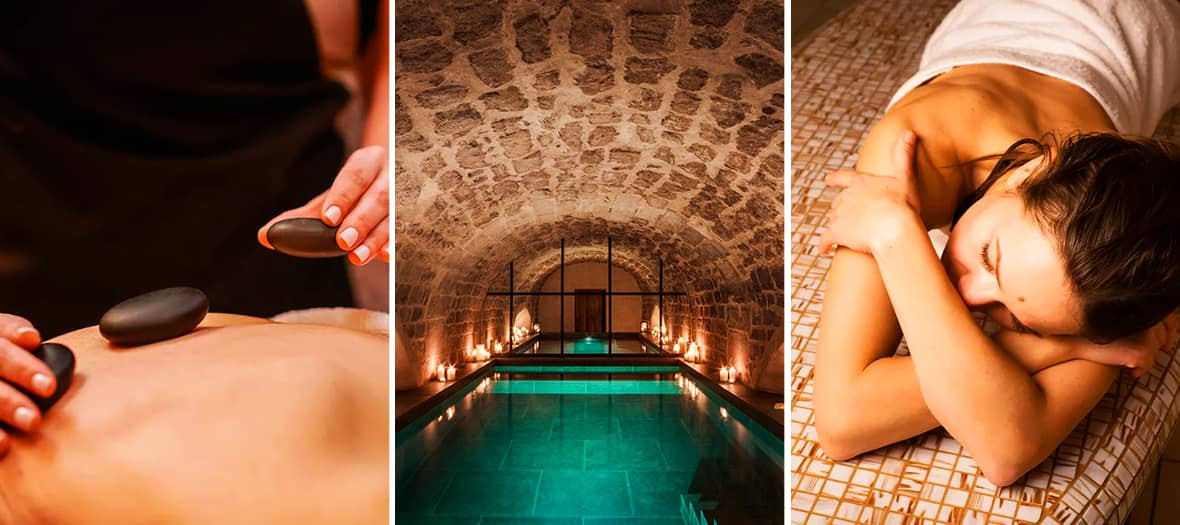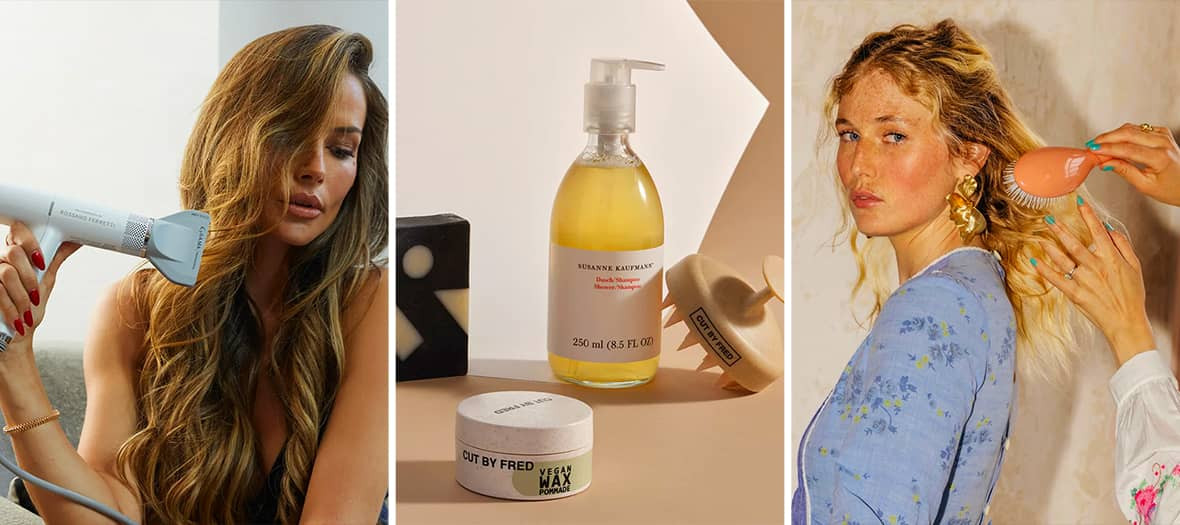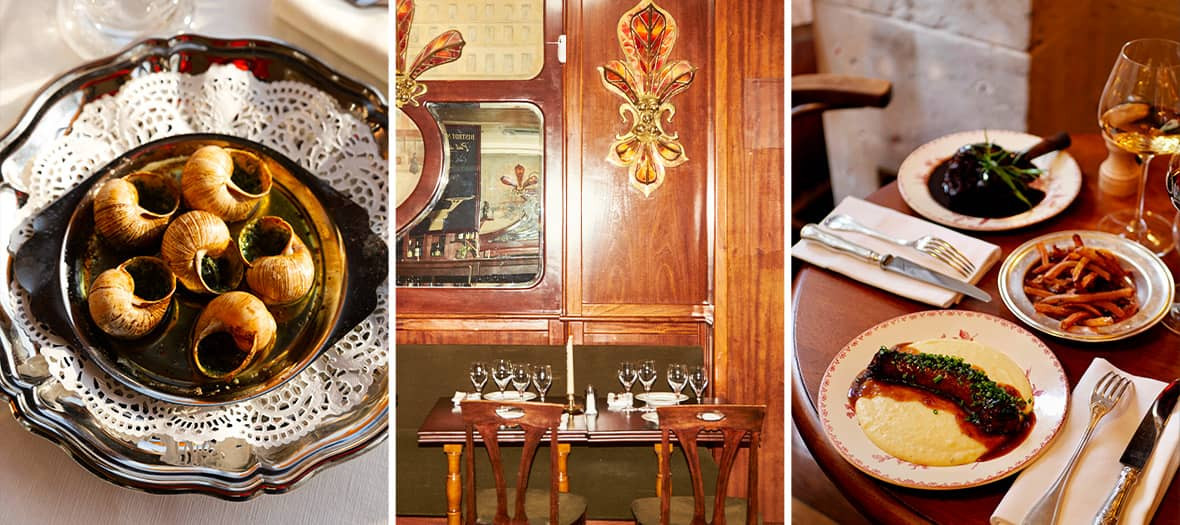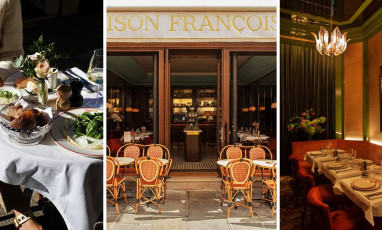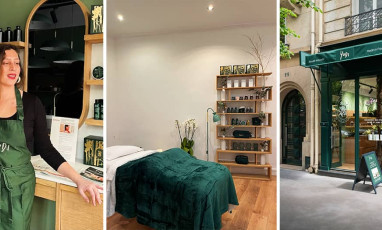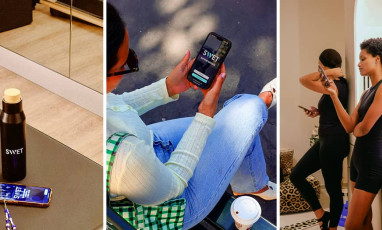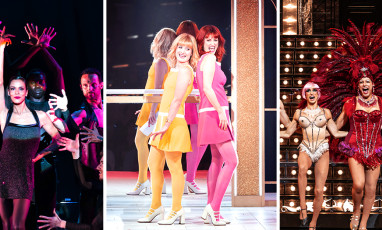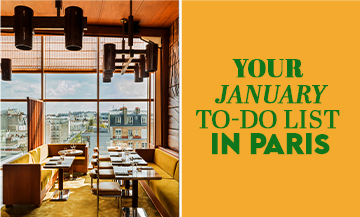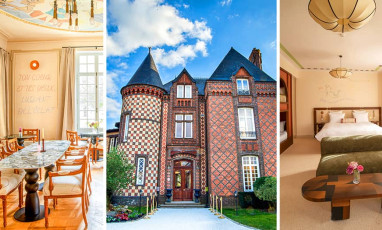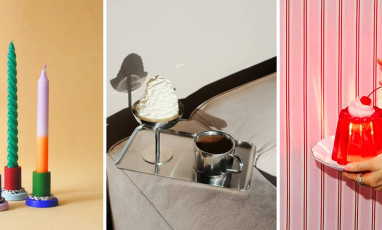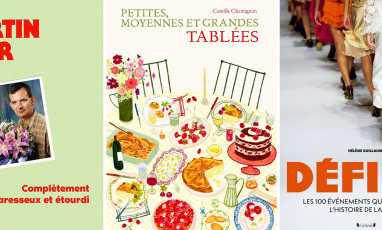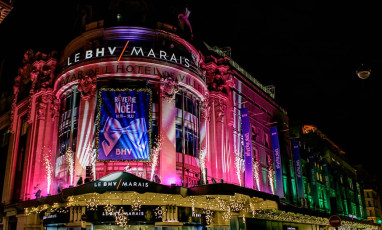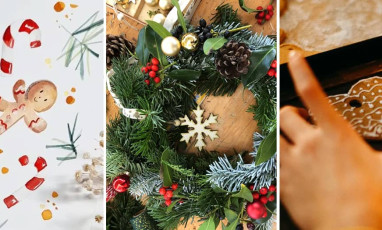Adapted from the novel by Afghan writer Yasmina Khadra released in 2002, Les Hirondelles de Kaboul, directed by Zabou Breitman (director, screenplay writer and actor in dans Se souvenir des belles choses) and Éléa Gobbé-Mévellec (director of the animated short film Escale), retraces the story of a town suffering under the authority of the talibans.
Presented in Cannes and already nominated as Best Film at the Angoulême Festival, this animated film is the buzzing cinema sensation of the new Fall season. A cartoon to enable oppressed women to express themselves? Such is the very poetic pirouette of Zabou Breitman.
The place of women amongst the talibans
Summer 1998, Afghanistan is a war, Kaboul is in ruins. Women are the first victims, totally dehumanized by this totalitarian regime. “No man never owes anything to a woman”. Since it’s impossible to express the slightest disagreement under penalty of being humiliated in public and put to death, their only choice is to wear a tchadri for each outing and any pair of white shoes is formally forbidden: a symbol of purity to which they have no right.
Two love stories in a country at war
The film follows the parallel life of two couples: Atiq (Simon Abkarian) and Mussarat (Hiam Abbass) as well as Mohsen (Swann Arlaud) and Zunaira (Zita Hanrot). Life is sad and cold for Atiq and Mussarat. Atiq, who is a warden of the prison for women desperate about the war, no longer speaks to his wife who is suffering from cancer, in a terminal phase. This former moudjahidin, constantly torn between his willingness for a better world and his virile duty, is stunned by the encounter with a pretty prisoner on death row...
Totally opposite, Zunaira and Mohsen form a couple of wildly in love artists, who incarnate the youth and hope of a free country. But at what price?
Hope at the heart of the story
The beauty of the film is also this vibrant contrast between misery and war, sublimed by the animation of Éléa Gobbé-Mévellec, a graduate from École des Gobelins in Paris. These desert landscapes conceived in watercolour, are a testimony to raw poetry. The drawing is hope. Whether it’s the graphic sketch of the director or the works by Mohsen and Zunaira, each pencil touch is the symbol of freedom, an “ultimate act of resistance.”
A consecration of Zabou Breitman’s talent
Film director Zabou Breitman wanted to “bring back life at the heart of the characters” by giving them real asperities (moments of weakness, laughs, tears, improvisations…) perfectly incarnated by the actors and marvellously represented by the rhythm of the animation, with less “expressive” movements but more sensitive.
In order to do this, the voices were initially taped, amidst a scenography, with costumes, for more spontaneity, before creating the animation. A totally different process than usual, which gives all the pertinence and such particular humanity to these fictional characters.
To be released the 4th of September.
Also discover the Tarantino featuring Brad Pitt and Leonardo DiCaprio.




